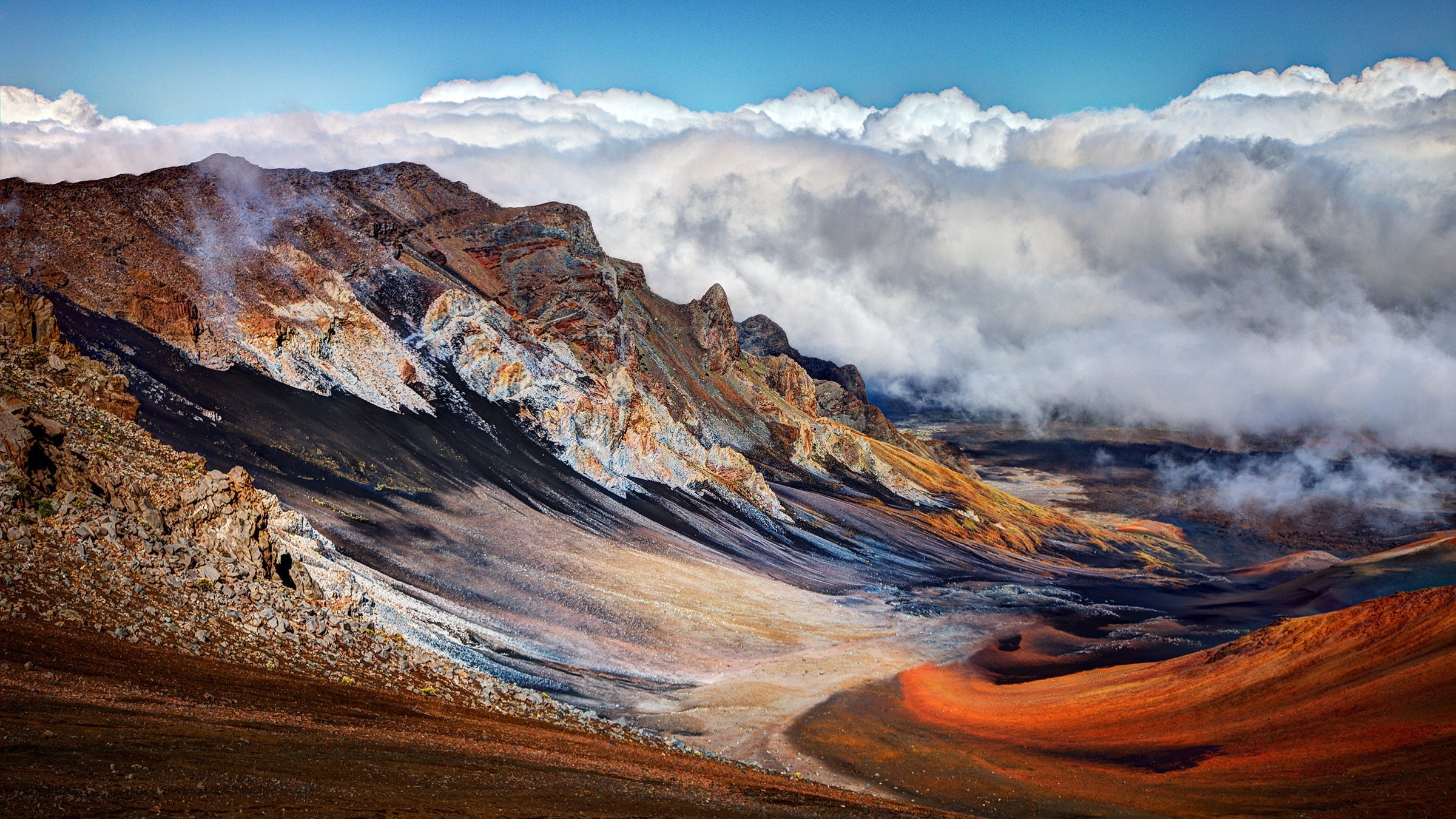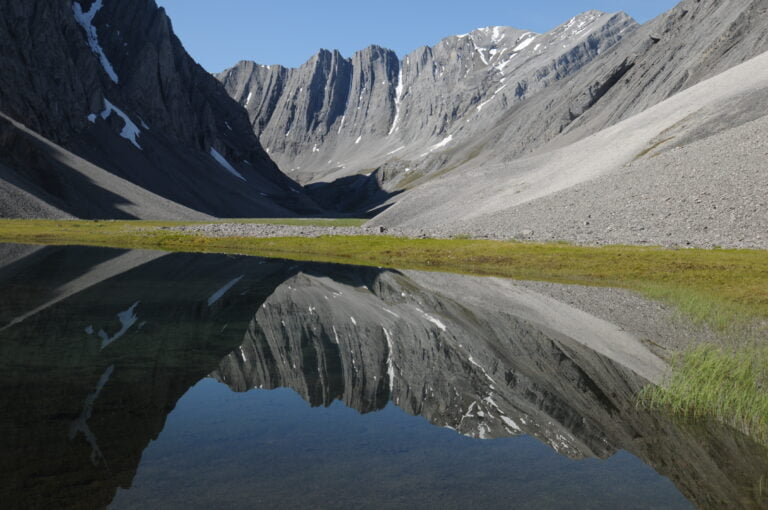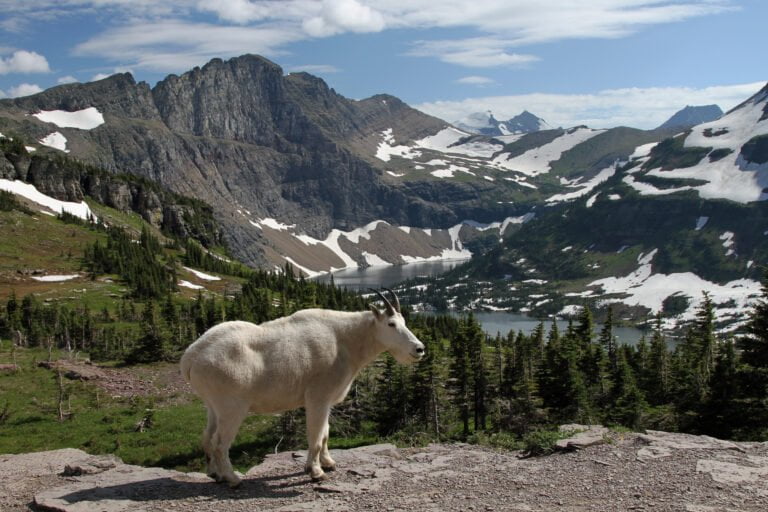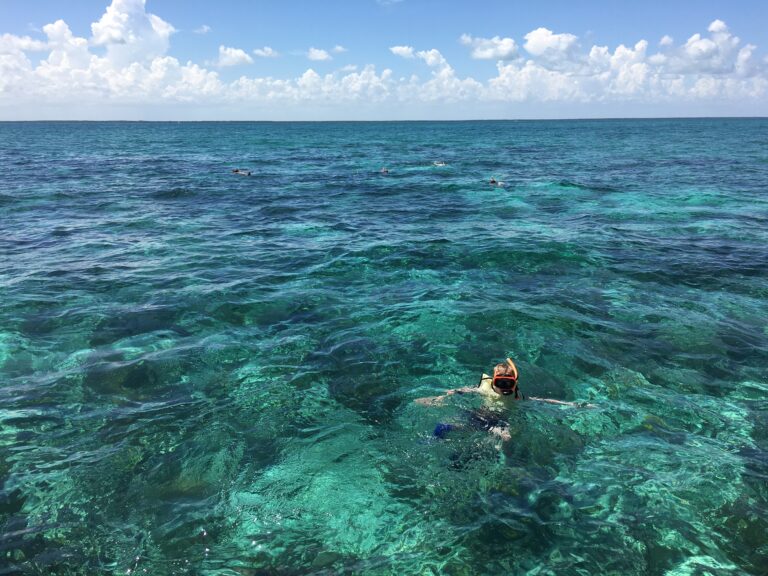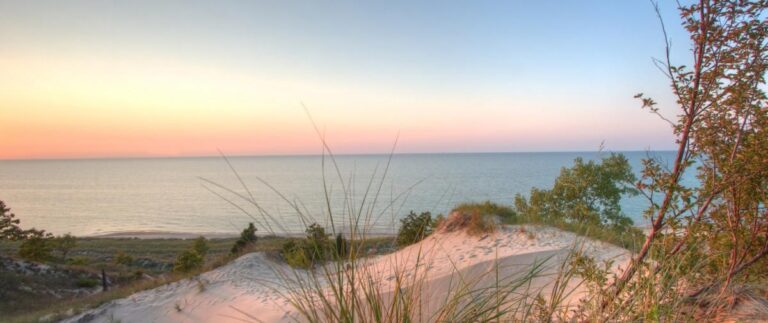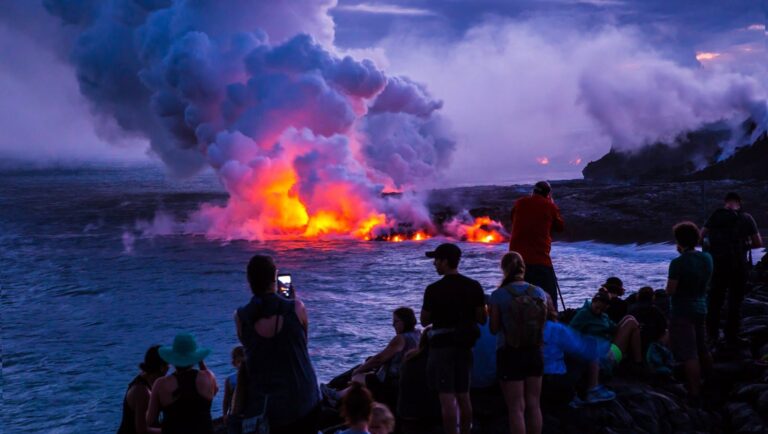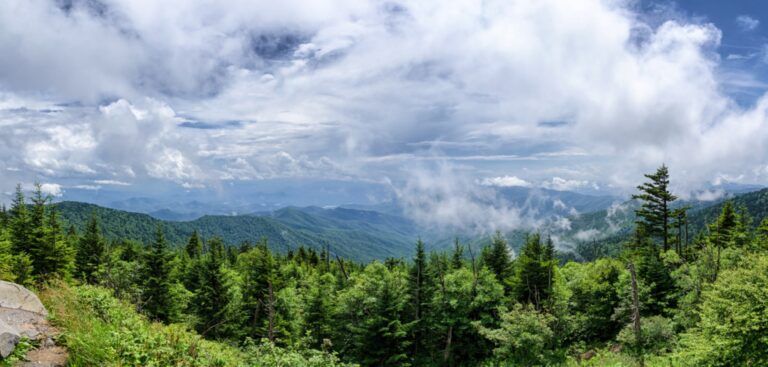Haleakalā National Park
Nestled in the heart of Hawaii, Haleakalā National Park stands as a testament to the island’s natural beauty and rich cultural history. Spanning an impressive 33,265 acres, this park has been captivating visitors since its establishment in 1961. With an annual influx of approximately 853,000 visitors, it remains one of the most sought-after destinations in the region. Let’s delve into the various aspects that make this park a unique and must-visit location.
Unveiling the Park: Size, History, and Visitors
The Grand Expanse
Haleakalā National Park boasts an expansive size, covering an astonishing 33,265 acres of diverse landscapes. From lush forests to otherworldly volcanic craters, the park offers a variety of natural wonders waiting to be explored.
A Glimpse into History
Established in 1961, Haleakalā National Park has a rich history that dates back over six decades. Its preservation efforts have allowed both locals and tourists to witness the beauty and significance of Hawaii’s natural ecosystems.
A Thriving Haven
Every year, the park welcomes around 853,000 visitors who come to marvel at its unique landscapes and immerse themselves in its cultural heritage.
Firearms and Hunting Regulations
Strict Firearm Policy
If you’re planning a visit to Haleakalā National Park, please adhere to the FirearmGuidelines. It’s essential to note that firearms are strictly prohibited within its boundaries. This policy ensures the safety of all visitors and preserves the serene environment of the park.
No Hunting or Fishing
For those who enjoy outdoor activities like hunting and fishing, it’s important to know that these activities are not permitted within the park. This conservation-minded decision helps maintain the delicate balance of the park’s ecosystem.
Insights into Haleakalā National Park
A Name with Meaning
The name “Haleakalā” holds deep cultural significance, translating to “home of the sun” in Hawaiian. This name reflects the Polynesian belief that the sun paused here under Maui’s command. Such legends are interwoven into the very fabric of the park’s identity.
A Volcanic Marvel
The park’s centerpiece is the 10,000-foot-tall Haleakalā volcano, whose last eruption between 1480 and 1600 left behind a 2.5-mile-wide crater. Mark Twain famously described the sight as “the most sublime,” capturing the awe-inspiring nature of this geological wonder.
Unearthly Landscapes
The floor of the crater is adorned with dehydrated lava rock, forming curious and twisted shapes. This extraordinary landscape is a testament to the power of nature, with jagged crests and spiracles punctuating the surface like frozen waves.
Nature’s Symphony
Inside the crater, you’ll experience a symphony of weather patterns. Ochre and tan hues blend with lush lichen and fern forests, creating a visually captivating mosaic of colors and textures.
Home to Unique Species
Haleakalā National Park is home to a diverse array of species, including the Hawaiian goose, locally known as the nene. Remarkable conservation efforts led to the reclassification of the Hawaiian goose from “endangered” to “threatened” by the U.S. Fish and Wildlife Service in 2019.
The Perfect Time to Explore
Embracing the Seasons
For an optimal visit, consider planning your trip between the months of December and April. During these months, the weather is generally more favorable, allowing you to fully immerse yourself in the park’s beauty.
Visitor Information and Fees
Access and Fees
To access the wonders of Haleakalā National Park, the following fee structure applies:
- $15.00 per person/cyclist for up to 3 days
- $30.00 per vehicle for up to 3 days
- $25.00 per motorcycle for up to 3 days
- $55.00 for Hawaiʻi Tri-Park Annual Pass
- $80.00 for Interagency Annual Pass
- FREE Annual Pass for U.S. Military
Special Pass for Enthusiasts
For those passionate about exploring multiple national parks, the America The Beautiful Annual Park Pass is an excellent option. This pass grants access to all U.S. National Parks for just $80, making it a great value for adventurers.
Visitor Centers
Welcoming Centers
Haleakalā National Park offers three visitor centers, each providing valuable information and enhancing the visitor experience:
- Headquarters Visitor Center
- Address: 30019 Crater Rd., Kula, HI 96790
- Phone Number: (808) 572-4400
- Hours of Operation: Daily 9:00 AM–4:00 PM
- Haleakalā Visitor Center
- Address: Haleakala Hwy, Kula, HI 96790
- Hours of Operation: Daily 9:30 AM–2:30 PM
- Kīpahulu Visitor Center
- Address: Mile Marker 42 Hana Hwy 330, Haleakala National Park, Hana, HI 96713
- Hours of Operation: Daily 9:00 AM–4:00 PM
Be sure to check for any seasonal closures before planning your visit.
Conclusion
Haleakalā National Park stands as a testament to Hawaii’s natural beauty, rich cultural heritage, and commitment to conservation. With its diverse landscapes, unique species, and captivating history, it’s a destination that offers something truly exceptional for every visitor. Whether you’re seeking an otherworldly volcanic crater or a chance to witness the resilience of endangered species, Haleakalā National Park has it all.
FAQs;
Q1. Can I bring firearms into Haleakalā National Park?
Firearms are strictly prohibited within the boundaries of the park to ensure the safety of all visitors.
Q2. Is hunting allowed in the park?
No, hunting is not allowed in Haleakalā National Park as part of its conservation efforts.
Q3. What is the best time to visit the park?
The ideal time to explore Haleakalā National Park is between December and April when the weather is generally more favorable.
Q4. Are there visitor fees for accessing the park?
Yes, there are fees based on the type of access you need. These include fees for individuals, vehicles, motorcycles, and special passes.
Q5. What is the significance of the name ‘Haleakalā’?
The name translates to “home of the sun” in Hawaiian and reflects the belief that the sun paused here under Maui’s command in Polynesian mythology.
Q6. Can you carry a gun in Grand Canyon National Park?
It is illegal to possess firearms within Grand Canyon National Park, including concealed carry handguns covered under lawful permitless state concealed carry allowances. Federal statutes prohibit weapons within the park boundaries irrespective of Arizona state gun laws.
Q7. Do you need a permit to enter Haleakala National Park?
No, there is no permit, entrance fee, or reservation required simply to enter and view Haleakala National Park on Maui, Hawaii during daylight hours. However, those wishing to view sunrise from the summit must make sunrise viewing reservations in advance due to very limited parking and viewing space.
Q8. Are firearms allowed in US national parks?
No, possession of firearms, including concealed carry handguns, is not allowed in any national park sites controlled by the Department of Interior National Park Service regulations under federal jurisdiction. The only exceptions allow transport and authorized usage compliant with state laws on public roads crossing some units and during lawful hunting where specifically permitted.
